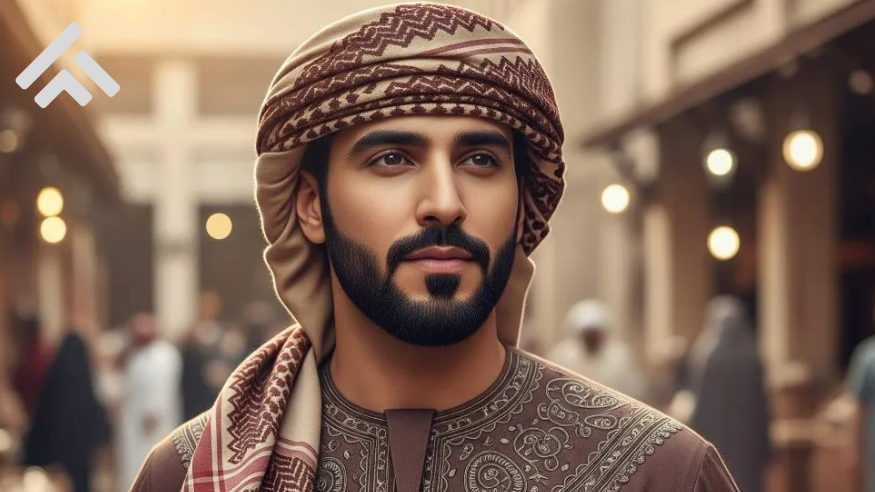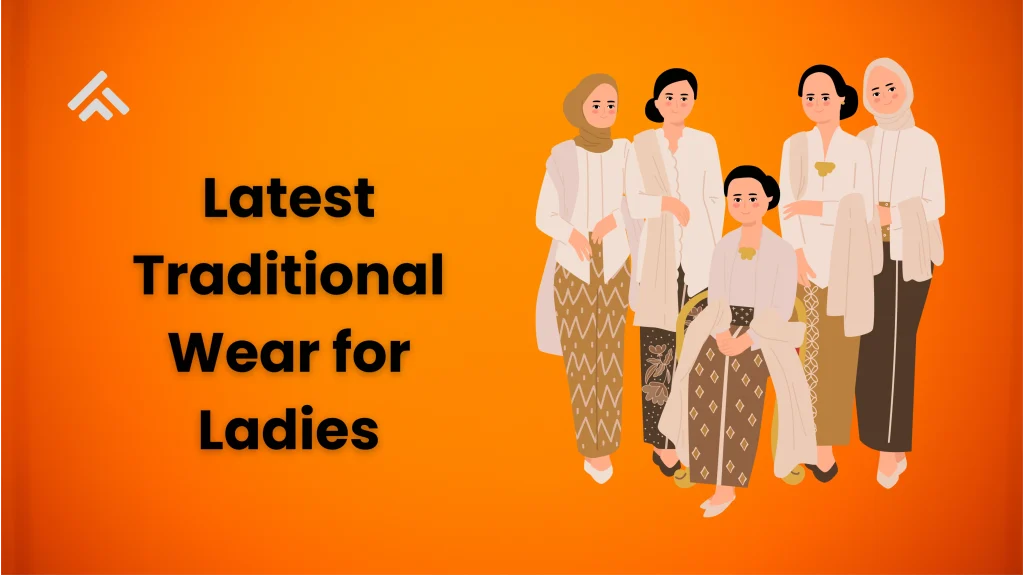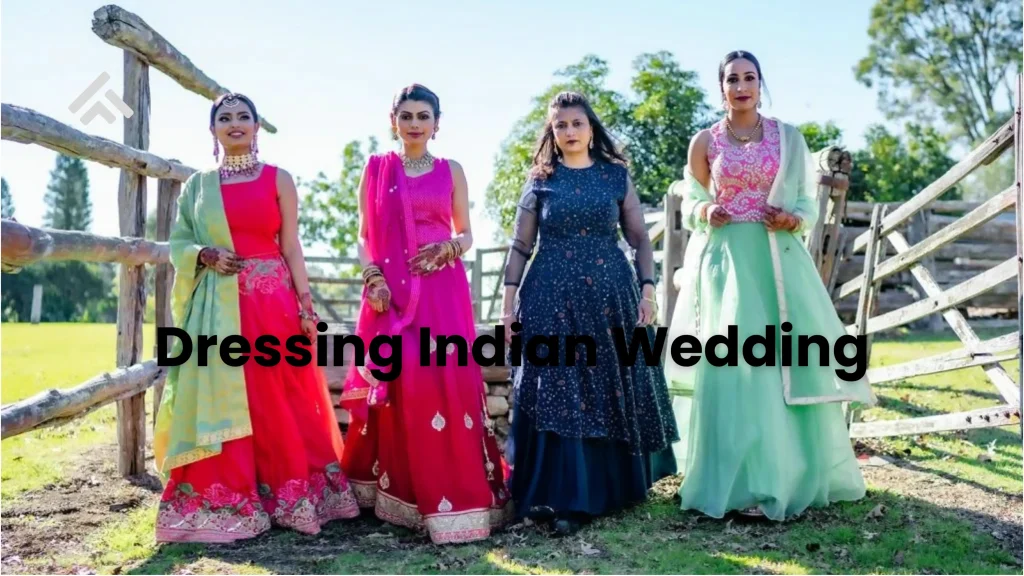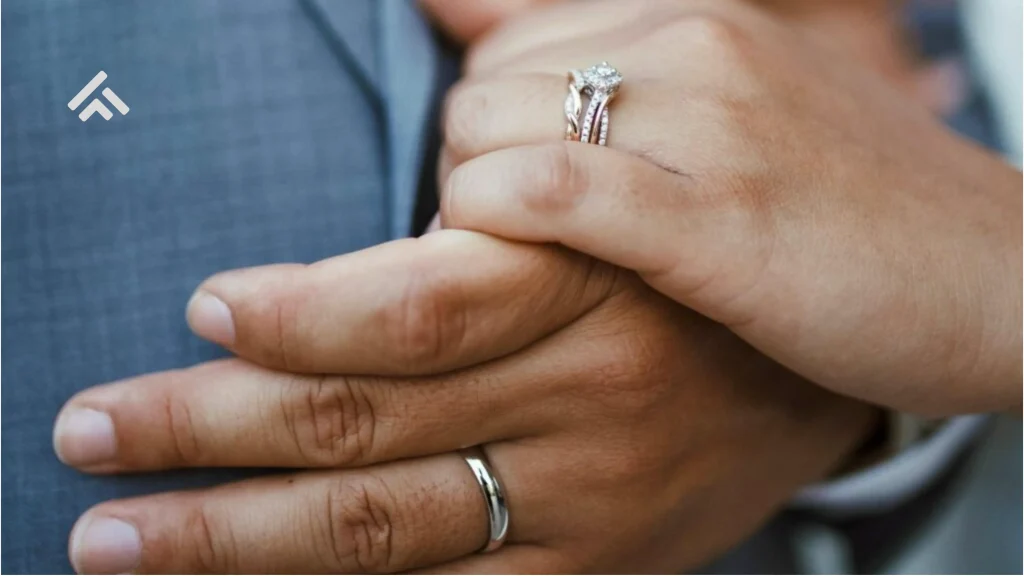Traditional Middle Eastern men’s dress is simple and long. It usually includes a robe-like garment called a thobe, kandura, or dishdasha. This clothing is often white but can also come in other colors. It is made from light fabric to stay cool in hot weather. The style may look similar across countries, but each region adds its own touch.
Men wear this dress every day because it is comfortable and suits the climate. It also shows respect for culture and religion. On special days like weddings or Friday prayers, the clothing is cleaner, newer, or more decorated. This dress is not just for style; it is part of daily life. It helps people feel proud of their roots while staying practical.
Table of Content
- Cultural and Religious Significance of Clothing
- The Thobe and Its Regional Names
- Traditional Headwear
- Regional Styles and Meanings
- Fabrics, Colors, and Seasonal Choices
- Modern Influence on Traditional Dress
- Conclusion
Cultural and Religious Significance of Clothing
Traditional Middle Eastern men’s clothing holds strong cultural and religious meaning. The way men dress is guided by Islamic teachings. Islam encourages modesty, and this is seen in the loose and full-length garments like the thobe or kandura. These clothes cover the body properly without showing its shape, which reflects respect and humility.
Headwear such as the keffiyeh, ghutra, and agal is also important. These items are not just for protection from the sun or sand. They show a connection to tribal roots and cultural pride. In some regions, different colors or patterns can even tell where a person is from or what group they belong to.
Clothing also plays a big role in religious life. Men often wear clean, white thobes to Friday prayers or religious events. White is seen as a symbol of purity in Islam. Special events may call for more detailed or elegant versions of traditional clothes.
The Thobe and Its Regional Names
The thobe is a long, loose-fitting garment traditionally worn by men in many Middle Eastern countries. It covers the body fully and is designed to be both modest and comfortable, especially in hot climates.
Regional Names and Variations
The thobe goes by different names depending on the country. In Saudi Arabia, it’s called a “thobe.” In the UAE, it’s known as a “kandura,” while in Kuwait and some nearby regions, it’s referred to as a “dishdasha.” These names may differ, but the basic purpose and design are quite similar.
Fabric and Color Choices
Most thobes are made from cotton or other light fabrics that help keep the wearer cool. White is the most common color for everyday use. However, in winter or formal events, darker shades like grey, beige, or brown are often preferred.
Style Differences and Cultural Touch
The design of the thobe may vary slightly in each country. This includes differences in collar shape, sleeve length, and stitching details. These small changes reflect local traditions and fashion trends, giving the thobe a unique cultural identity in each region.
Traditional Headwear
Traditional headwear is a key part of Middle Eastern men’s attire. It is worn for comfort, modesty, and cultural reasons. The headwear is simple in design but carries deep meaning in daily life and special events.
Types of Headwear
The most common types are the keffiyeh, ghutra, and agal. The keffiyeh and ghutra are square or rectangular cloths, usually made of cotton, and are folded over the head and shoulders. The agal is a black cord placed on top of the cloth to keep it in place and prevent it from slipping.
Regional Styles and Meanings
Different regions have different headwear styles. In Saudi Arabia, men mostly wear a plain white ghutra. In Jordan and Palestine, the keffiyeh is often red-and-white or black-and-white and is a strong symbol of heritage. These styles often reflect where a person comes from or their tribal background.
Regional Styles and Differences
Clothing Across the Middle East
Traditional men’s clothing may look similar across the Middle East, but each region has its own unique style. The main garment, often called a thobe, kandura, or dishdasha, changes slightly depending on the country. These changes reflect local culture, weather, and history.
Gulf Countries
In Saudi Arabia, the thobe is often white and has a stiff collar and cuffed sleeves. In the UAE, the kandura is more relaxed with no collar and may have a long tassel in the front. Qatar’s thobe is known for its sharp tailoring and darker shades during cooler months. These small details show pride in national identity.
Levant and North Africa
In countries like Jordan, Syria, and Palestine, men wear a mix of traditional robes and modern clothes. The keffiyeh is a strong cultural item, often worn with pride. In North Africa, such as Morocco, the men’s traditional dress includes a long robe called a djellaba, which often has a hood.
Local Influence and Climate
Styles also change because of the climate. Hot areas prefer light fabrics and loose designs. In colder regions or during winter, darker and thicker fabrics are used. Each region adapts the clothing to suit both culture and environment while keeping traditional values alive.
Fabrics, Colors, and Seasonal Choices
Common Fabrics Used
Traditional Middle Eastern men’s clothing is made from light and breathable fabrics. Cotton is the most popular choice because it keeps the body cool in hot weather. In some places, linen and silk blends are also used for special occasions. In cooler months, thicker fabrics like wool or polyester blends are preferred to stay warm.
Popular Color Choices
White is the most common color for everyday wear. It reflects sunlight and helps keep the body cool. It also represents cleanliness and simplicity. During winter or formal events, men may wear darker shades like grey, brown, or navy blue. Some regions also use cream or beige for a more traditional look.
Seasonal Clothing Adjustments
Clothing changes with the seasons. In summer, men wear thin, loose-fitting garments in light colors to stay cool. In winter, the same style of clothing is made with heavier materials and darker colors. Some may even wear cloaks or jackets over the thobe for extra warmth.
Modern Influence on Traditional Dress
Changing Styles Over Time
Traditional dress is still important, but modern fashion has influenced it. Today, some thobes come with modern cuts, stylish collars, and hidden buttons. Tailors now offer custom fits, blending old styles with new designs. This mix keeps the clothing traditional but gives it a fresh look.
Influence of Western Fashion
Western clothing trends have also played a role. Some men wear jeans and shirts during the week and switch to traditional wear on weekends or for prayers. Others add modern shoes or watches to match their thobes. This creates a mix of comfort and culture in one outfit.
Popular in Business and Events
Modern versions of traditional clothes are now seen in offices, meetings, and weddings. Special fabrics, fine stitching, and unique colors are added for style. This allows men to look formal and respectful while still wearing traditional dress.
Conclusion
Traditional Middle Eastern men’s attire is more than just clothing. It shows culture, religion, and identity. The thobe, headwear, and other items are worn with pride in daily life and special events. Each region adds its own style, but the meaning stays the same.
Even with modern changes, the traditional dress remains strong. It balances comfort, modesty, and history. Many men still wear it to stay connected to their roots. This clothing is a symbol of respect and tradition. It continues to be a part of life in the Middle East, today and in the future.



